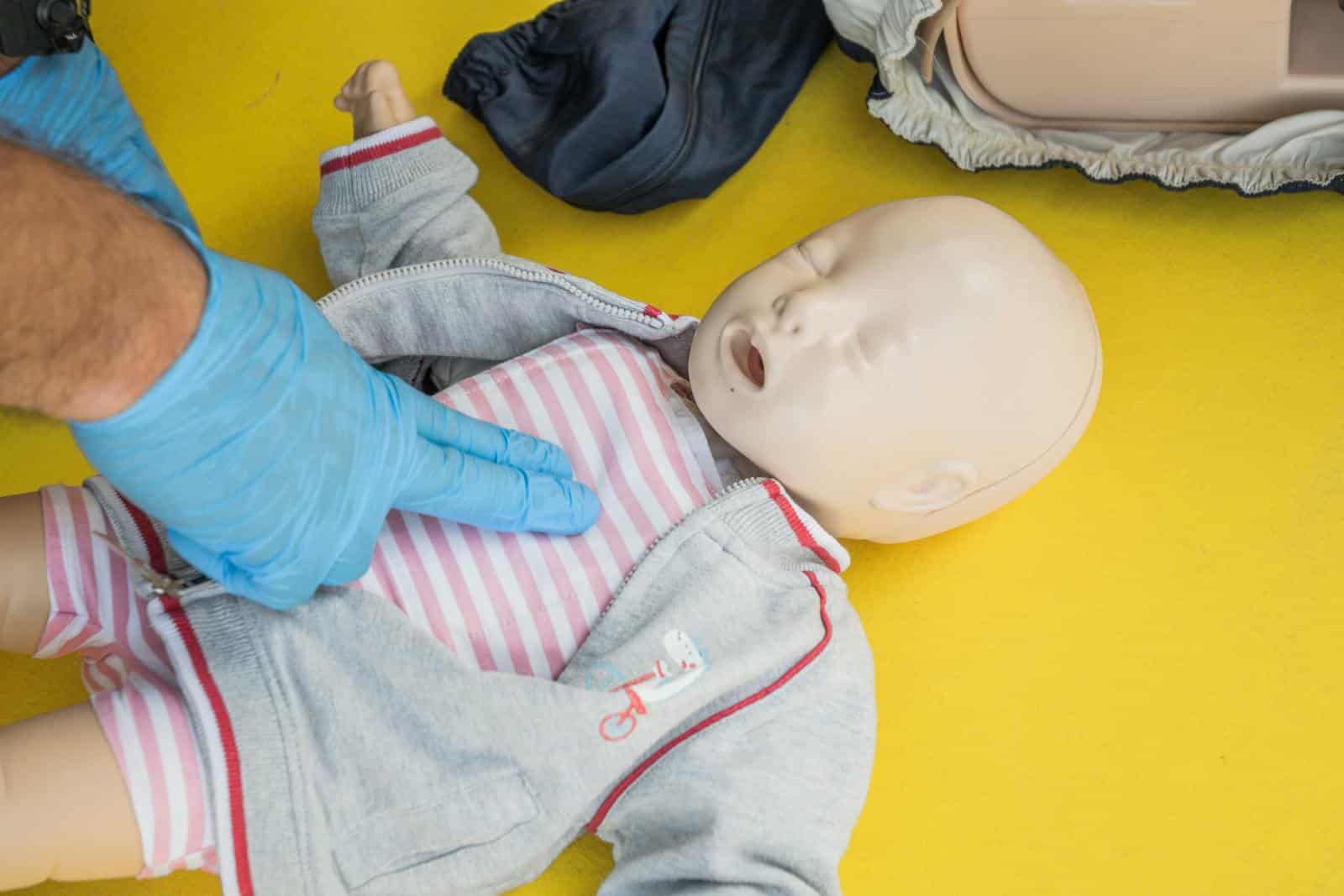Learning first aid is an optional skill. In any given office or workplace, for example, there needs to be at least one first aider per number of people according to OSHA or safety requirements, but not everyone will have learned it.
When caring for a brand new human being, however, or looking after children in general, having this skill on hand can be vital. It’s true that even attending to smaller scrapes, bruises and cuts are inevitable when looking after children who like to play outside, but it can also help you sustain their wellbeing in more serious events, too.
Of course, the ultimate medical authority remains with the emergency line worker you may call, or the paramedics who arrive. The doctors and pediatricians who attend to your family must always be appreciated for the hard work they put in, and listened to. But you are the first line of care, and so making certain you have skills on hand to help your little one, or even a child in the playground you see struggling, can be helpful.
One of the main elements of good first aid is knowing CPR. This has to be practiced differently when caring for a little baby or small child so as not to impose any further harm upon them. The below infographic is a helpful resource suggesting many of the steps you can use to help resuscitate your little one before alerting medical authorities, or having another responsible party nearby doing so. These are the situations you hope to never experience, but are fantastic to be prepared for.

Infographic designed by How To Perform CPR On An Infant
